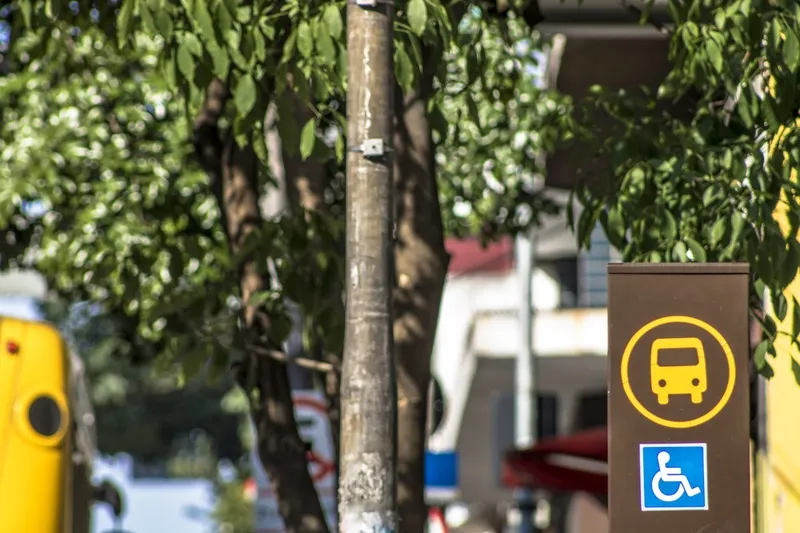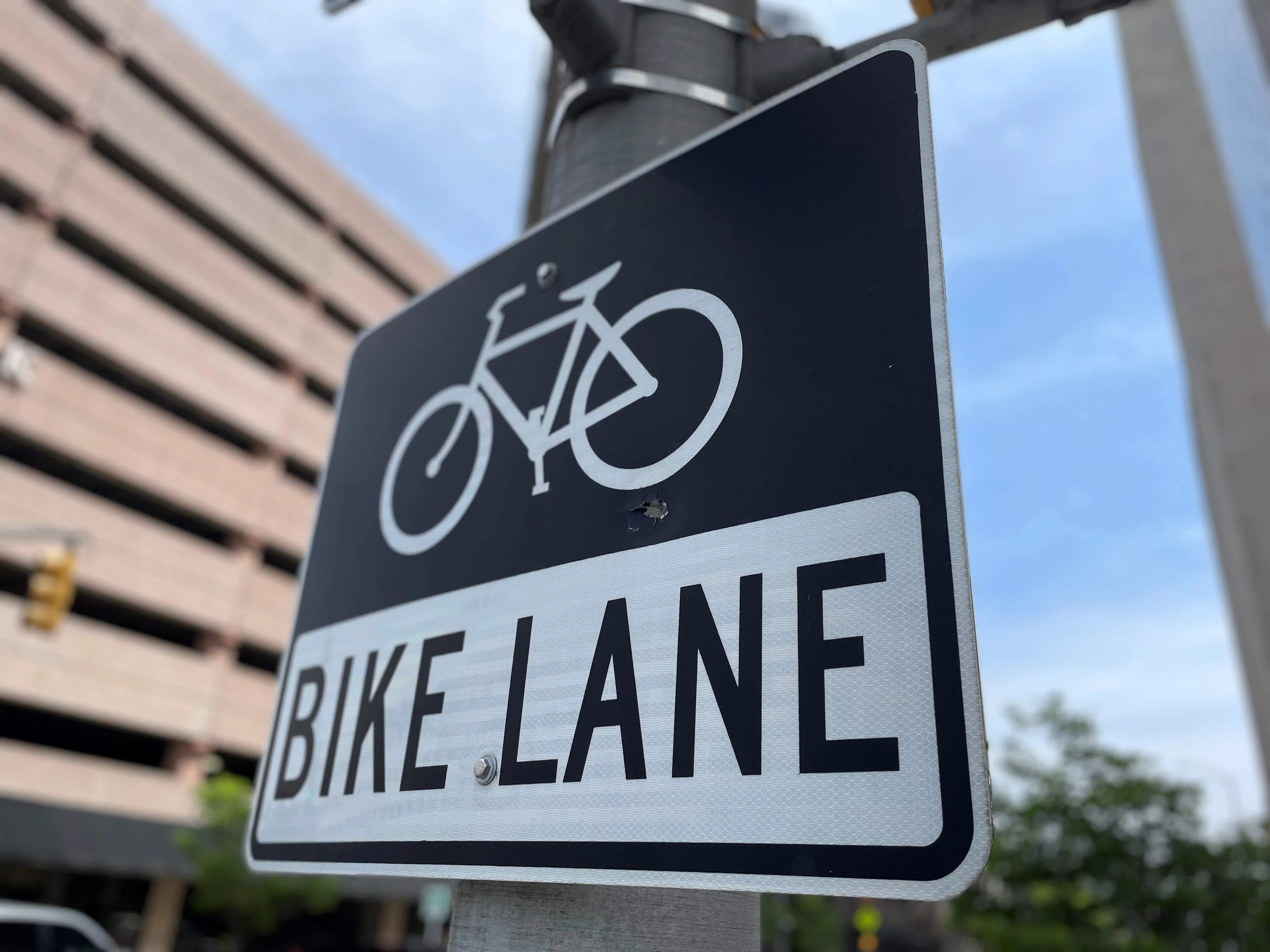A coalition of New York State Assembly Members has unveiled legislation that they say will not only fund Metropolitan Transportation Authority (MTA) capital needs but will create a US$4.5 billion Transit Gap Investment Fund (TGIF) to expand public transit and improve accessibility for millions of New Yorkers, particularly those who live in so-called ‘transit deserts’.
Introduced by Assembly Member Robert J. Rodriguez, chair of the subcommittee on infrastructure, and joined by 14 co-sponsors from across t
March 29, 2016
Read time: 3 mins
A coalition of New York State Assembly Members has unveiled legislation that they say will not only fund 1267 Metropolitan Transportation Authority (MTA) capital needs but will create a US$4.5 billion Transit Gap Investment Fund (TGIF) to expand public transit and improve accessibility for millions of New Yorkers, particularly those who live in so-called ‘transit deserts’.
Introduced by Assembly Member Robert J. Rodriguez, chair of the subcommittee on infrastructure, and joined by 14 co-sponsors from across the city, if enacted the bill will raise US$1.35 billion in new annual revenue and, when bonded, will generate over US$12 billion for upgrading New York’s transit system and road and bridge network. In addition to the TGIF, the legislation could cover the US$7.3 billion in MTA capital needs and create a US$375 million annual revenue stream for maintaining the City’s roads and bridges.
The TGIF is specifically designed to expand service in parts of the City where there is no subway service and inadequate bus service.
Inter-borough projects to be considered by the board for approval include the Triboro Line subway connecting Brooklyn, Queens, and the Bronx; capital improvements on the G train; LIRR subway conversion between Brooklyn and Queens; new ferries and express bus service; Staten Island North Shore bus rapid transit; and new cycle and pedestrian lanes on the Verrazano and Brooklyn Bridges.
The legislation will earmark US$1 billion for local projects to be allocated equitably among Community Districts in all five boroughs. Each district will have US$15-$21 million to work with to make their transit hubs more accessible based on priority needs (e.g., repaired stairways, station elevators, bus shelters, Vision Zero street-scaping). In addition, a US$700 million Suburban County Transit Fund is established under the legislation, which county officials can use to subsidise county bus service and improve access to commuter rail by increasing parking capacity at select stations, adding shuttle service, and adopting other strategies for facilitating the use of LIRR and Metro North service.
The legislation is modelled after the Move NY Fair Plan, developed by transportation engineer ‘Gridlock’ Sam Schwartz and the Move NY coalition, which proposed lowering tolls on all MTA bridges – that connect areas where there tends to be less traffic and fewer transit options ¬– and restoring or adding tolls to crossings in areas where there’s more traffic and better transit options.
The legislation also locks in the ratio of newly lowered outer bridge tolls to the central business district tolls such that if the ratios were to be ignored in future toll setting, the new tolls on the central business district bridges and along 60th Street would automatically be revoked, thus guaranteeing that the ratio will not be violated. With the installation of gateless tolls and the reduction of traffic, vehicle travel speeds are estimated to improve by up to 20 per cent south of Central Park and up to eight per cent in areas outside the central business district – in Brooklyn, Queens and Northern Manhattan.
Introduced by Assembly Member Robert J. Rodriguez, chair of the subcommittee on infrastructure, and joined by 14 co-sponsors from across the city, if enacted the bill will raise US$1.35 billion in new annual revenue and, when bonded, will generate over US$12 billion for upgrading New York’s transit system and road and bridge network. In addition to the TGIF, the legislation could cover the US$7.3 billion in MTA capital needs and create a US$375 million annual revenue stream for maintaining the City’s roads and bridges.
The TGIF is specifically designed to expand service in parts of the City where there is no subway service and inadequate bus service.
Inter-borough projects to be considered by the board for approval include the Triboro Line subway connecting Brooklyn, Queens, and the Bronx; capital improvements on the G train; LIRR subway conversion between Brooklyn and Queens; new ferries and express bus service; Staten Island North Shore bus rapid transit; and new cycle and pedestrian lanes on the Verrazano and Brooklyn Bridges.
The legislation will earmark US$1 billion for local projects to be allocated equitably among Community Districts in all five boroughs. Each district will have US$15-$21 million to work with to make their transit hubs more accessible based on priority needs (e.g., repaired stairways, station elevators, bus shelters, Vision Zero street-scaping). In addition, a US$700 million Suburban County Transit Fund is established under the legislation, which county officials can use to subsidise county bus service and improve access to commuter rail by increasing parking capacity at select stations, adding shuttle service, and adopting other strategies for facilitating the use of LIRR and Metro North service.
The legislation is modelled after the Move NY Fair Plan, developed by transportation engineer ‘Gridlock’ Sam Schwartz and the Move NY coalition, which proposed lowering tolls on all MTA bridges – that connect areas where there tends to be less traffic and fewer transit options ¬– and restoring or adding tolls to crossings in areas where there’s more traffic and better transit options.
The legislation also locks in the ratio of newly lowered outer bridge tolls to the central business district tolls such that if the ratios were to be ignored in future toll setting, the new tolls on the central business district bridges and along 60th Street would automatically be revoked, thus guaranteeing that the ratio will not be violated. With the installation of gateless tolls and the reduction of traffic, vehicle travel speeds are estimated to improve by up to 20 per cent south of Central Park and up to eight per cent in areas outside the central business district – in Brooklyn, Queens and Northern Manhattan.








